May 22, 2020
Laptop and tablet ergonomicsMobile devices like laptops, tablets and cell phones all pose ergonomic challenges, but here are ways to minimize the risk.


May 22, 2020
Laptop and tablet ergonomicsMobile devices like laptops, tablets and cell phones all pose ergonomic challenges, but here are ways to minimize the risk.

March 19, 2020
Ergonomic and safety tips when working from homeFollow these guidelines to avoid pain and strain while working from home.

March 11, 2020
Standing desks and other alternative workstations come with both risks and benefitsStanding desks or sit/stand workstations are becoming an increasingly common option, but they come with their own risks and benefits for worker health and safety.
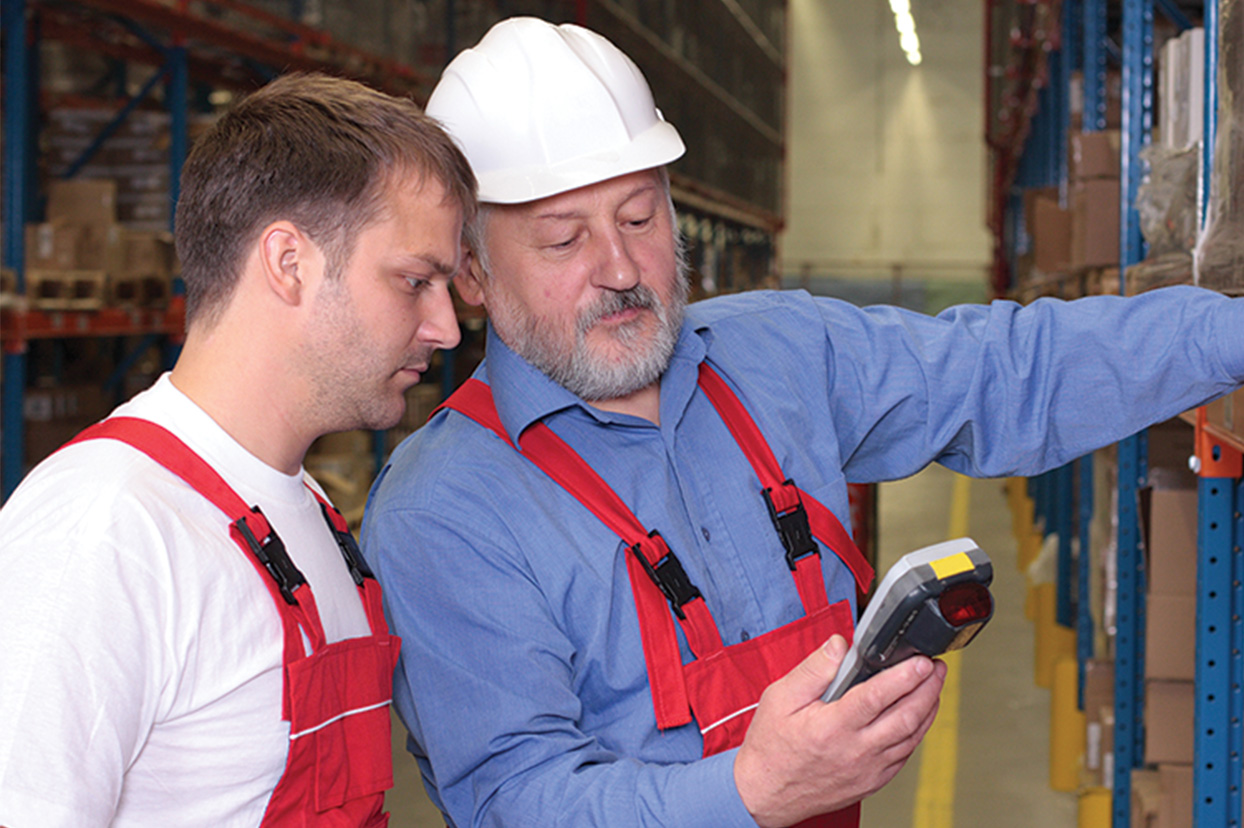
November 20, 2019
Safety tips for manufacturingWorkers in manufacturing are exposed to a variety of dangers in the workplace. Although manufacturing can be a fast-paced environment, it's important to slow down and focus on worker safety.
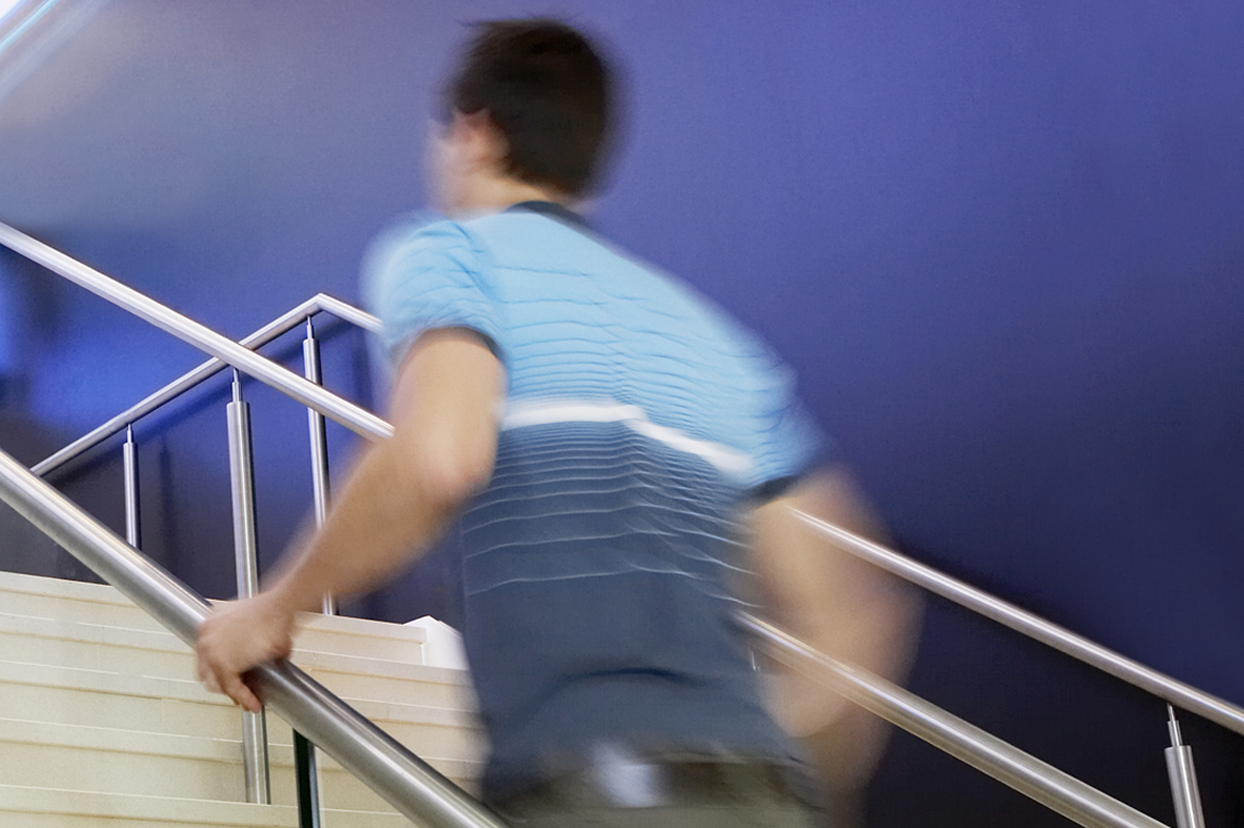
November 13, 2019
An easy way to prevent falls: Use handrailsSerious injuries can result from falling down stairs. Using a handrail and staying free from distractions can prevent you from slips and falls when going up or down stairs.
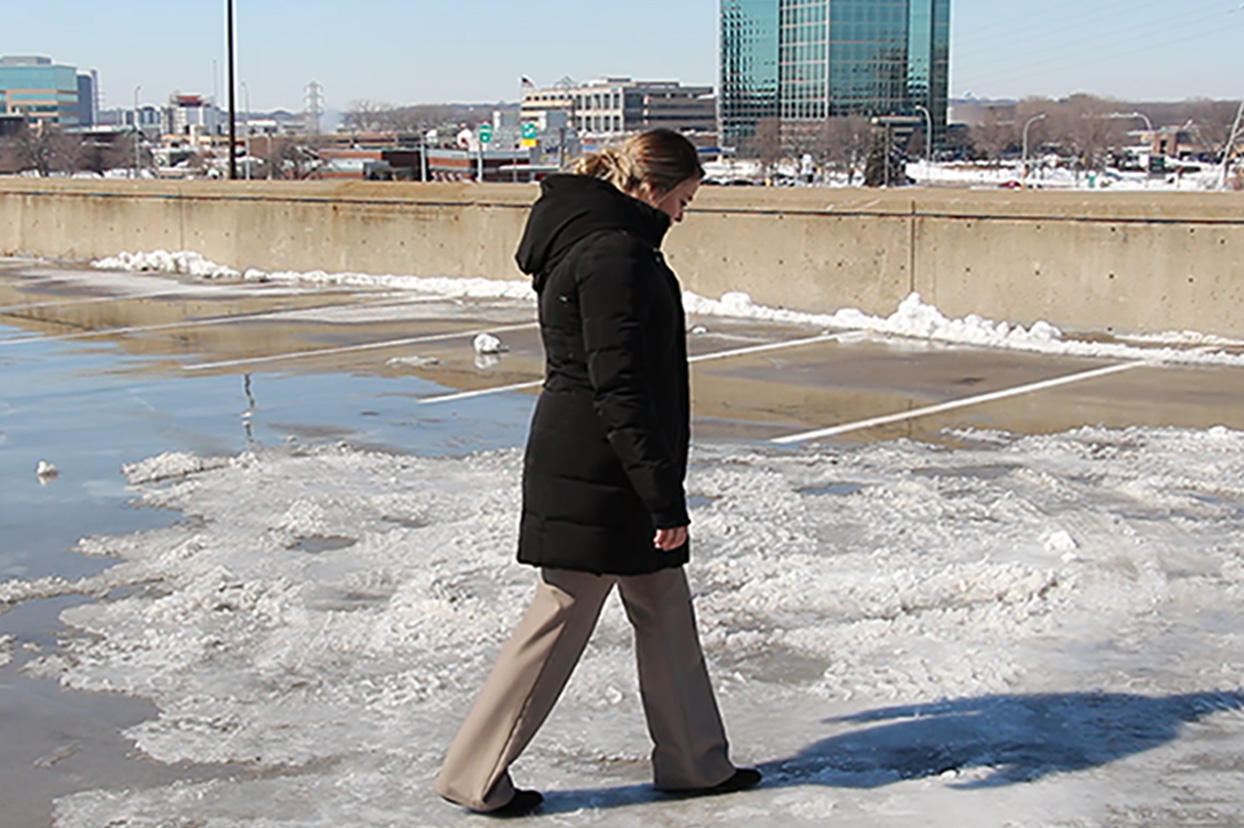
November 6, 2019
Safety video: Avoid slipping this winterWatch this video to learn how to avoid slipping and sliding this winter.
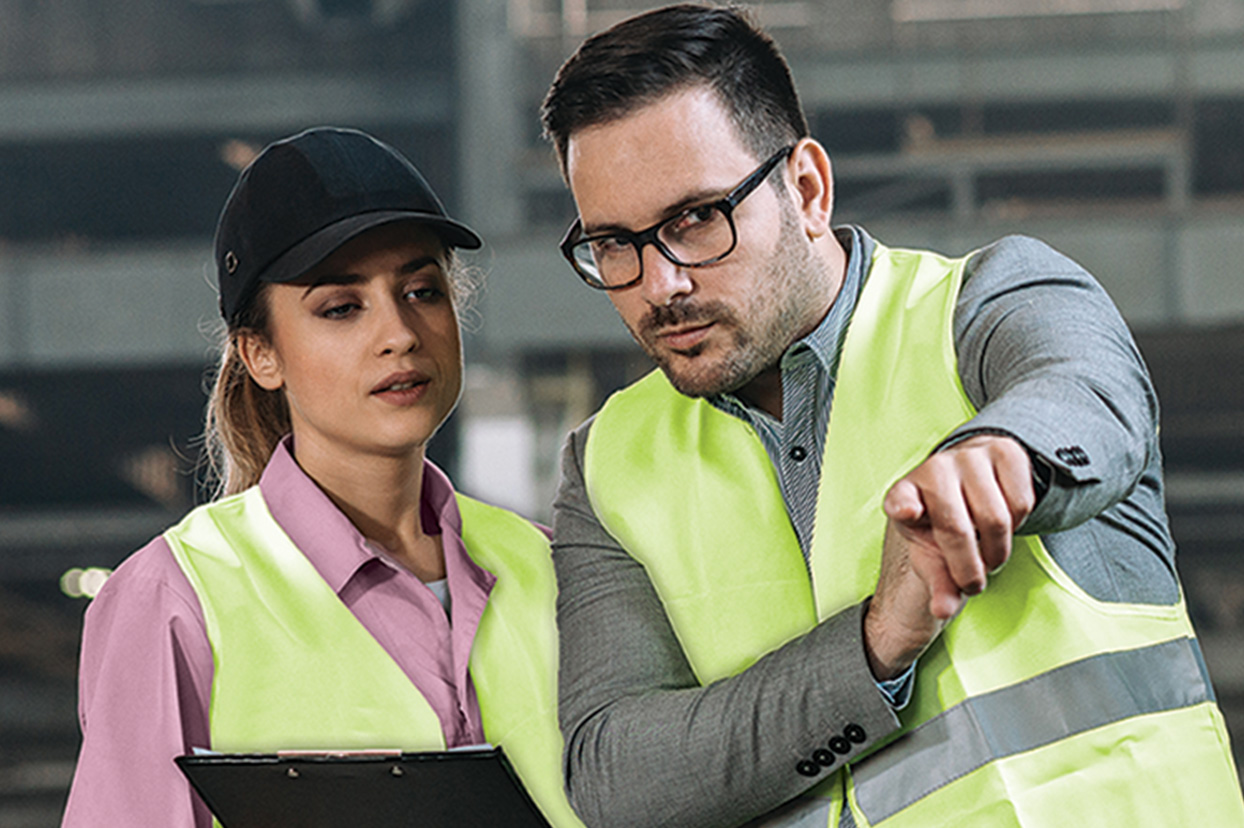
October 10, 2019
Forward-looking safetyIf you’re like many employers, you spend considerable time and money making sure your organization adheres to OSHA requirements. It may be tempting to view this as the finish line for preventing injuries, but in reality, maintaining a truly safe workplace means going well beyond compliance.

October 2, 2019
Why chasing shoplifters is an unsafe choice for retail employeesYou might see retailers chasing shoplifters in the movies, but in the real world it’s not a great idea. An employee could fall, get hit by a car or worse.
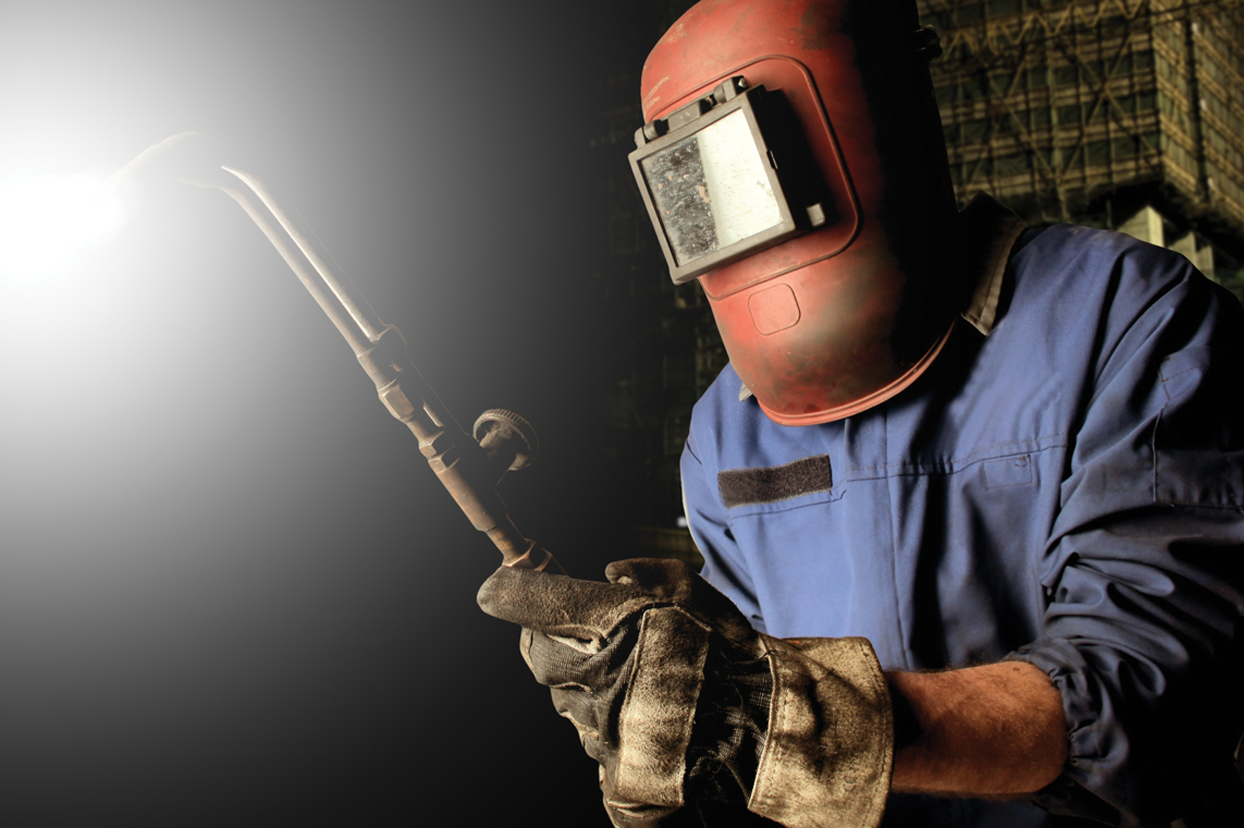
September 4, 2019
Welding and cutting torches: Protect yourself from ear damage caused by hot slagEar injuries can occur anytime someone is welding without ear protection, and the risk is especially high when a welder is working at an odd angle.

August 7, 2019
Preventing and responding to burns in kitchen environmentsUse these tips to avoid burns while working in a kitchen.

July 24, 2019
Creating a policy for employee cell phone use while drivingIf you have employees who drive as part of their jobs, your driving policy should address cell phone use. Use our sample cell phone policy as a guide to create your own.
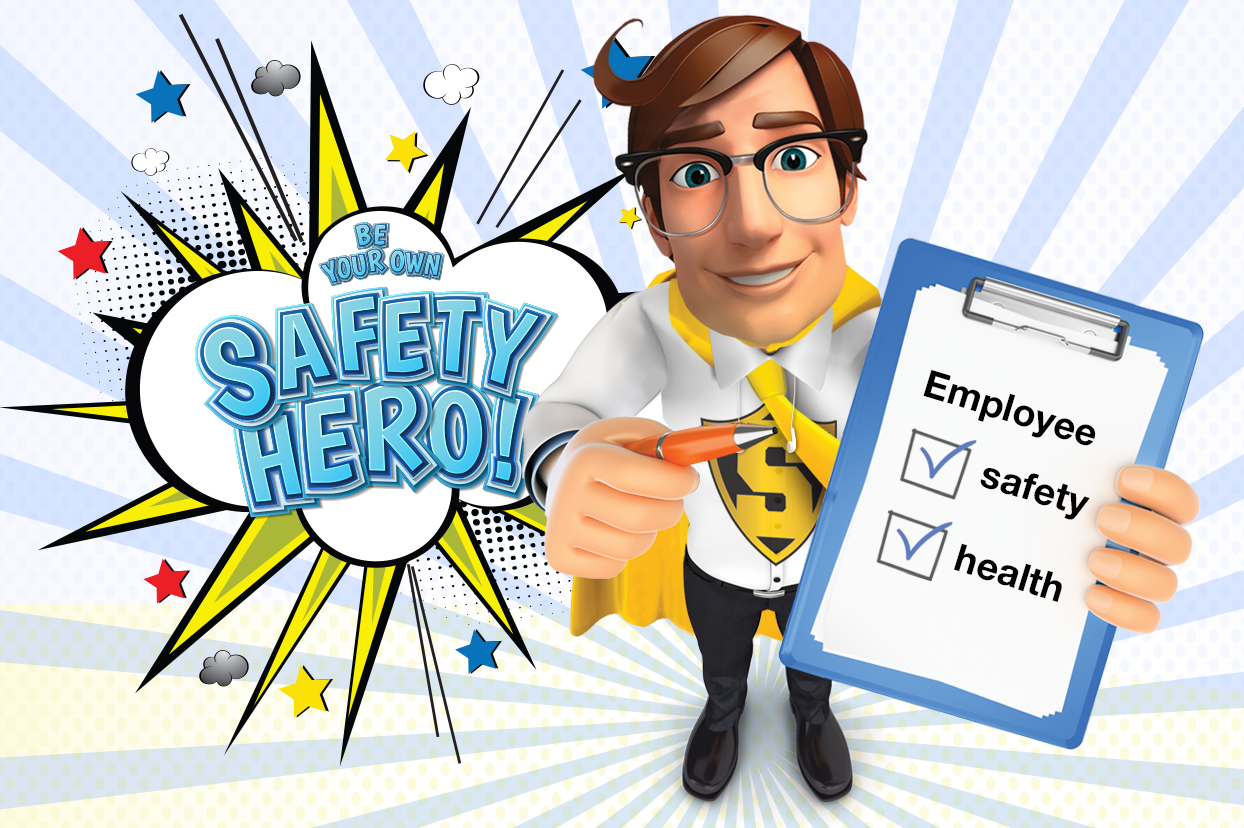
July 17, 2019
15 ways to be your own SAFETY HERO, like SkipDefend yourself against workplace accidents by being aware of hazards. Be a good example. Practice safety in every aspect of your job.

June 19, 2019
Tips to prevent re-injury after return-to-workWhen an employee returns to work after an injury, make sure the employee understands the importance of working within medical restrictions and take these steps to prevent re-injury.
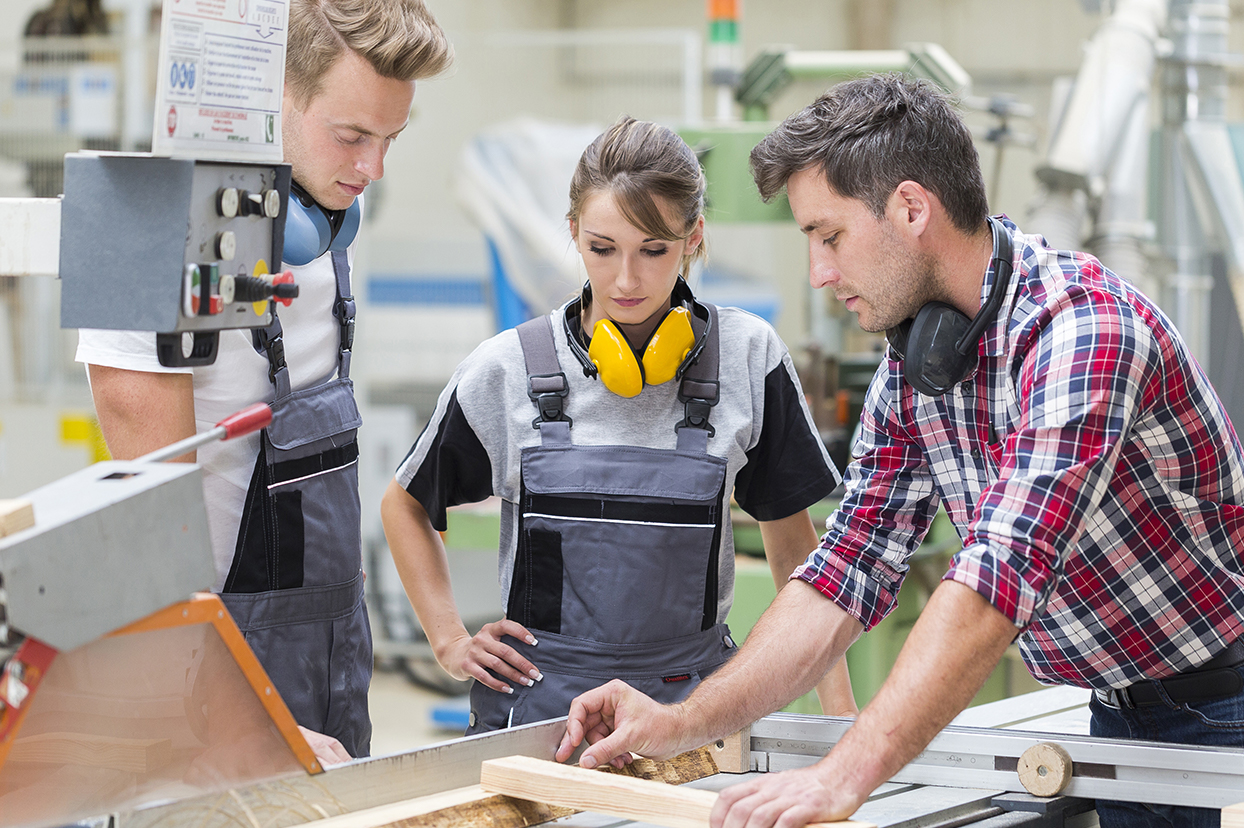
June 6, 2019
Cut down the risk of injury for your new employeesMake sure prospective hires understand the job and that new employees are properly trained to cut down the risk of injury.
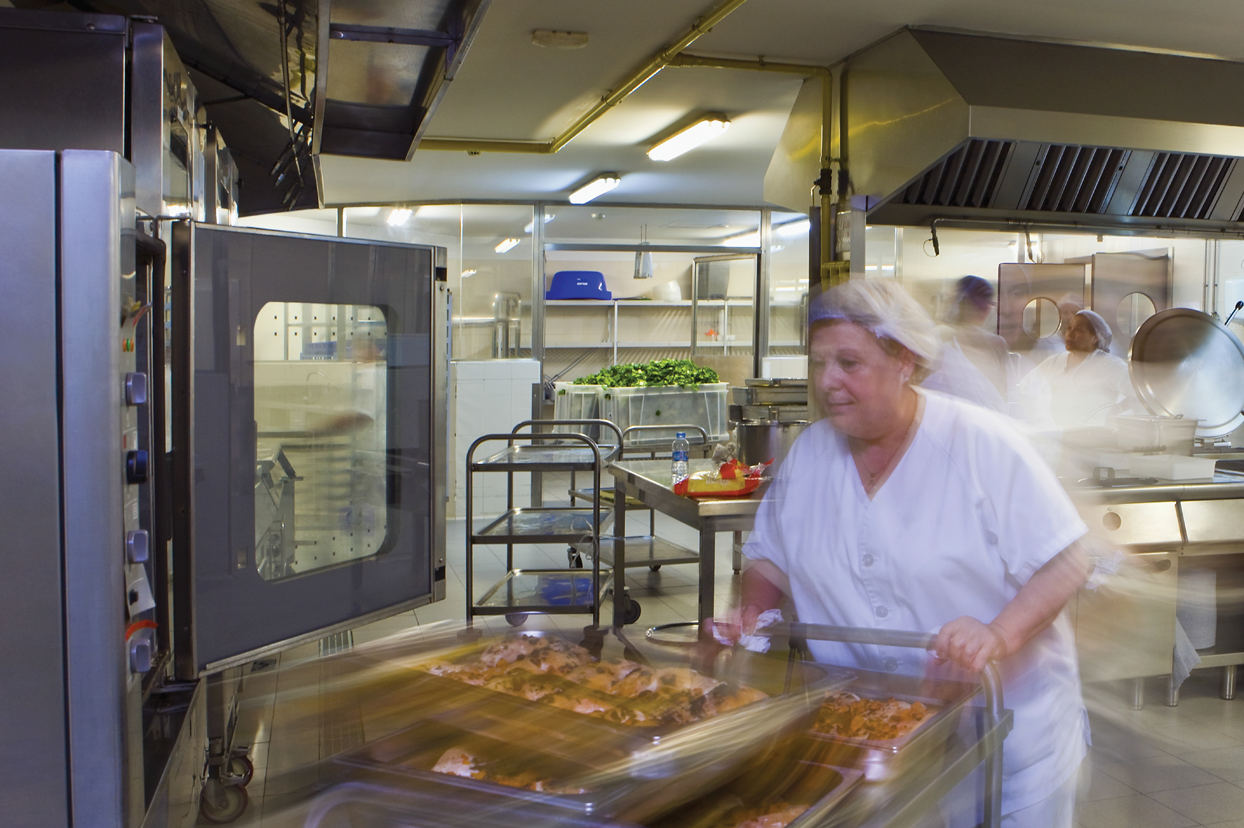
April 3, 2019
Slip-resistant shoes prevent falls in kitchen environmentsLessen the risk of a slip-and-fall injury by encouraging or requiring your employees to wear slip-resistant shoes, and providing a stipend to make compliance more likely.
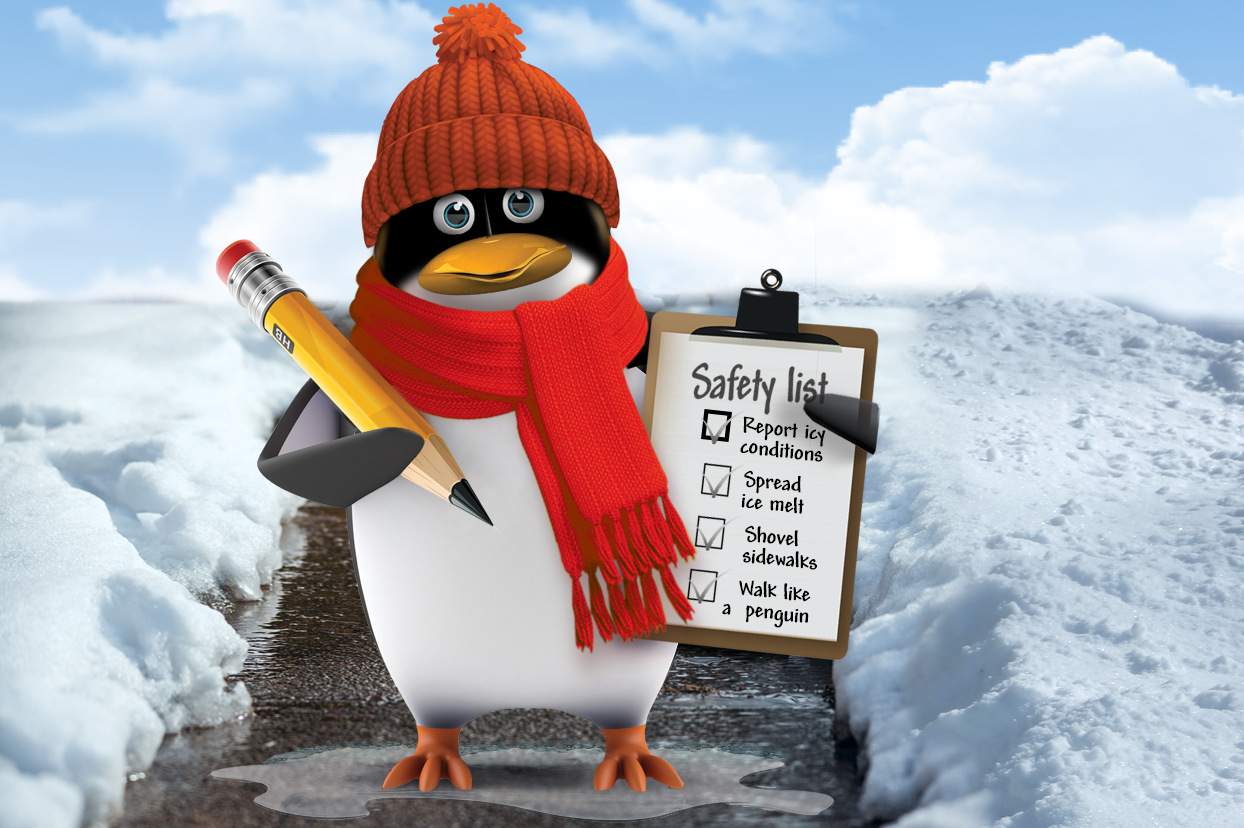
March 7, 2019
Prevent late-winter slips and falls at the workplaceThawing and freezing in late winter can cause dangerous slips and falls. Keep an eye on weather conditions and use caution to prevent injuries.
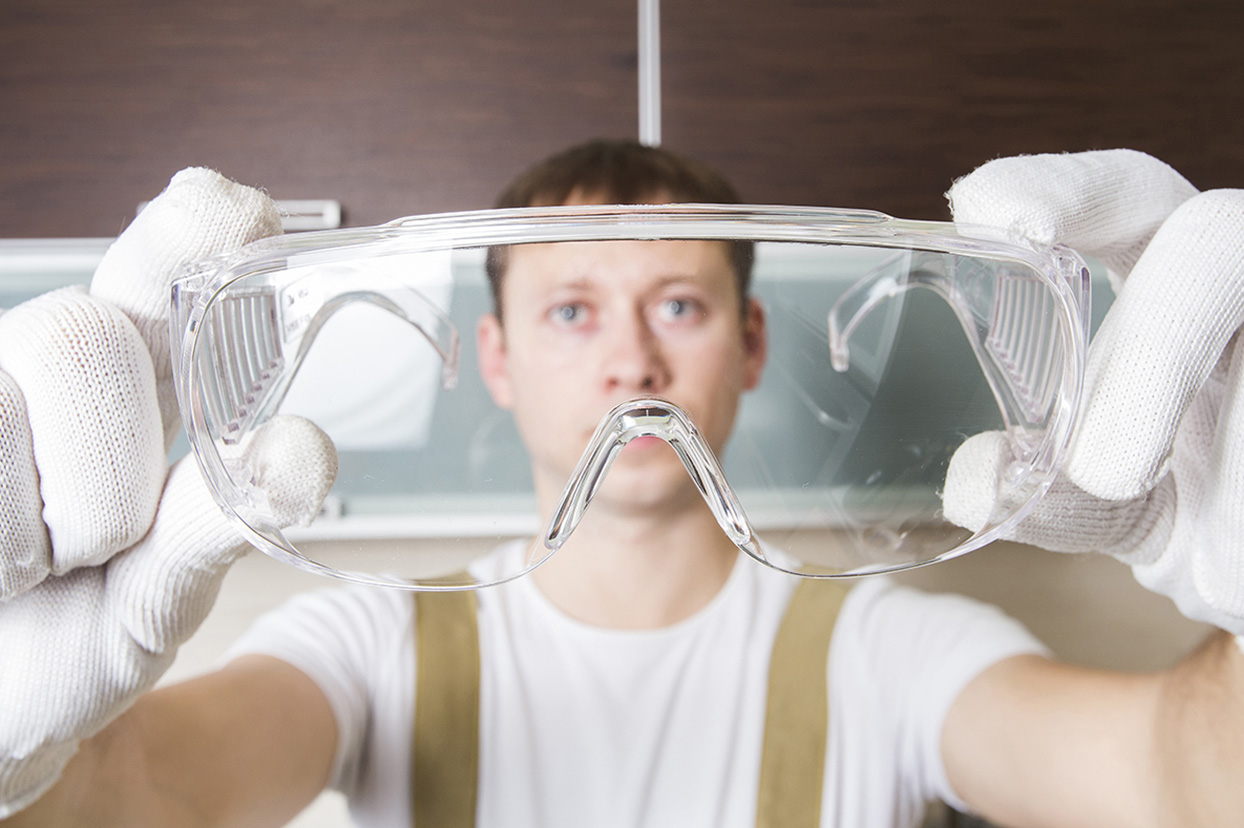
February 27, 2019
How to prevent eye injuries in the workplaceAn estimated 2,000 eye injuries happen every day in the workplace. You can reduce the risk by knowing the hazards and wearing proper protective eyewear.
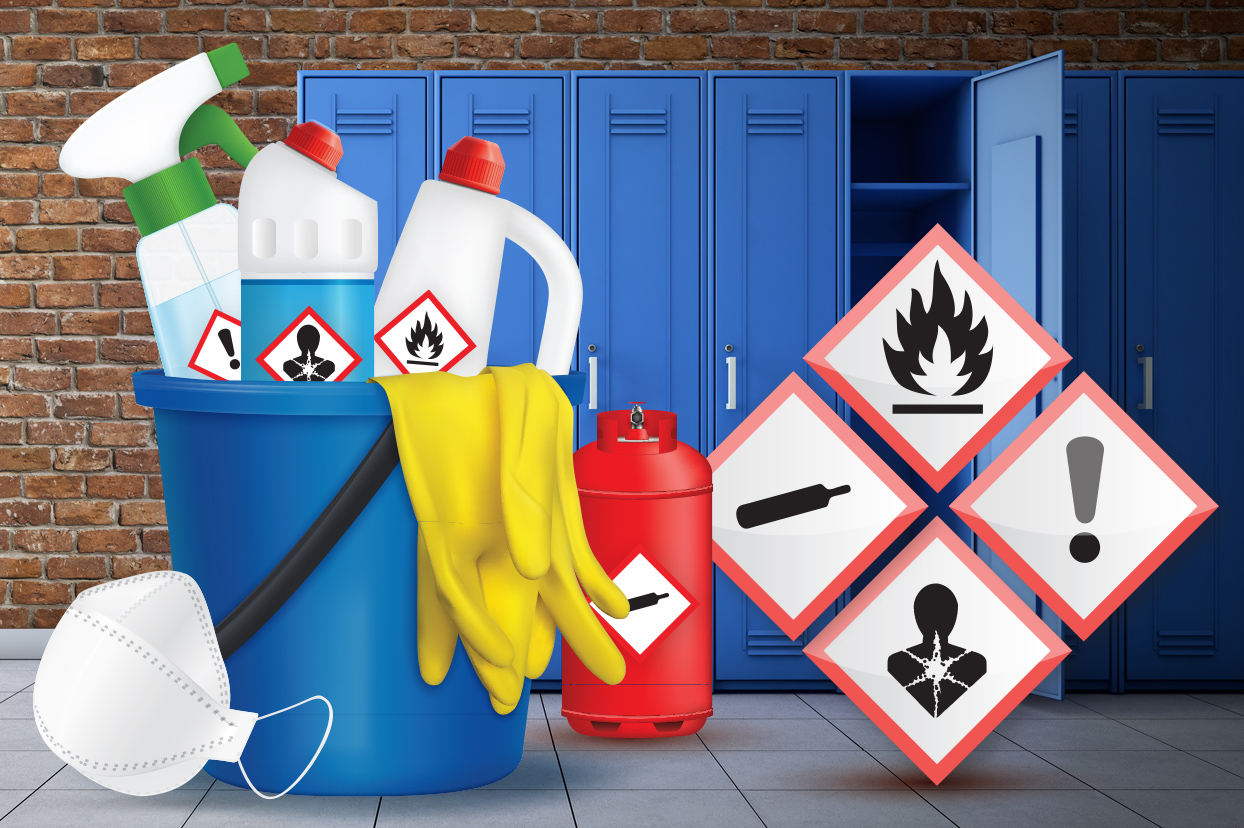
January 23, 2019
Managing hazardous chemical risks in the workplaceKeeping workers safe from dangerous materials is vital, yet compliance standards for proper management of hazardous chemicals can present challenges.

January 11, 2019
The health care workers at greatest risk for on-the-job injuriesIt’s more dangerous to work in a hospital than to construct one. That’s based on the Bureau of Labor Statistics data on non-fatal injuries by occupation.
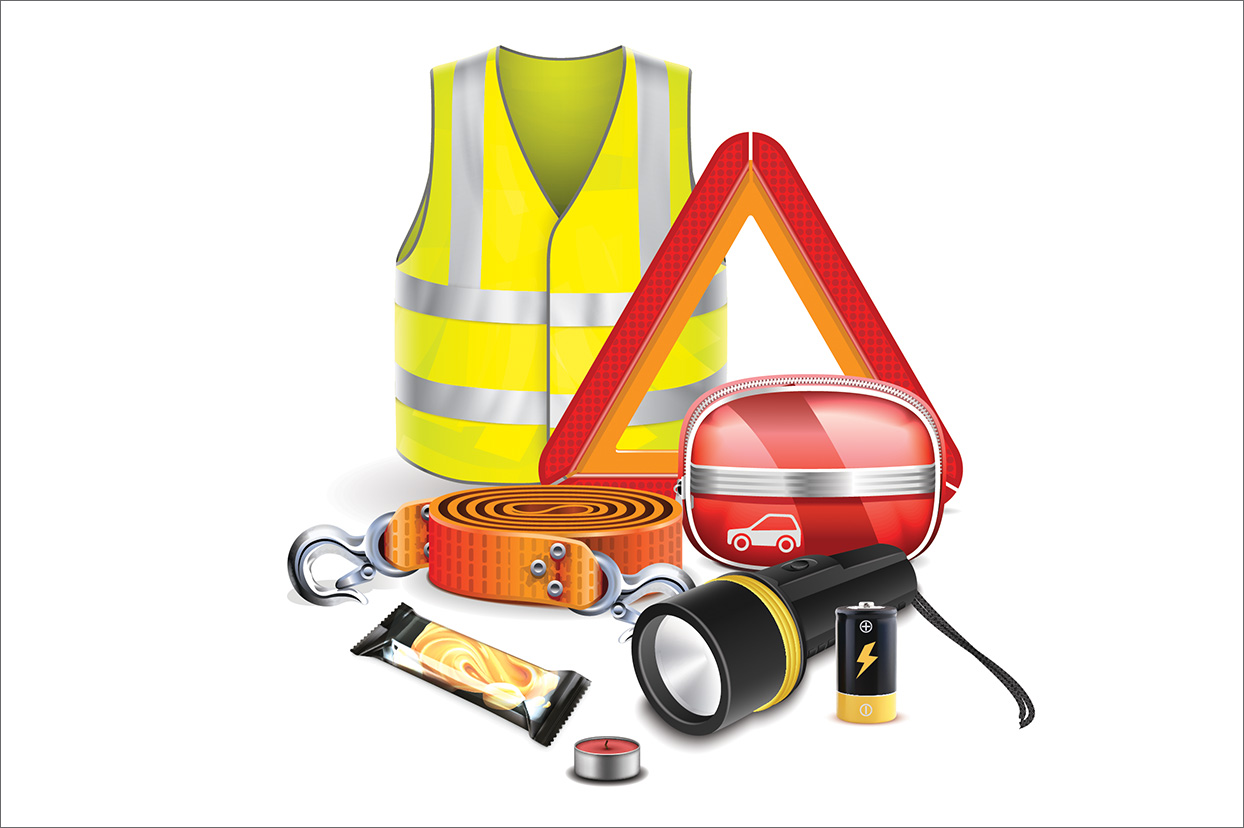
January 9, 2019
What safety pros keep in their winter emergency kitsWe asked SFM’s loss prevention representatives what we’d find in the safety kits they keep in their cars in case of roadside emergencies. Here's what they said.
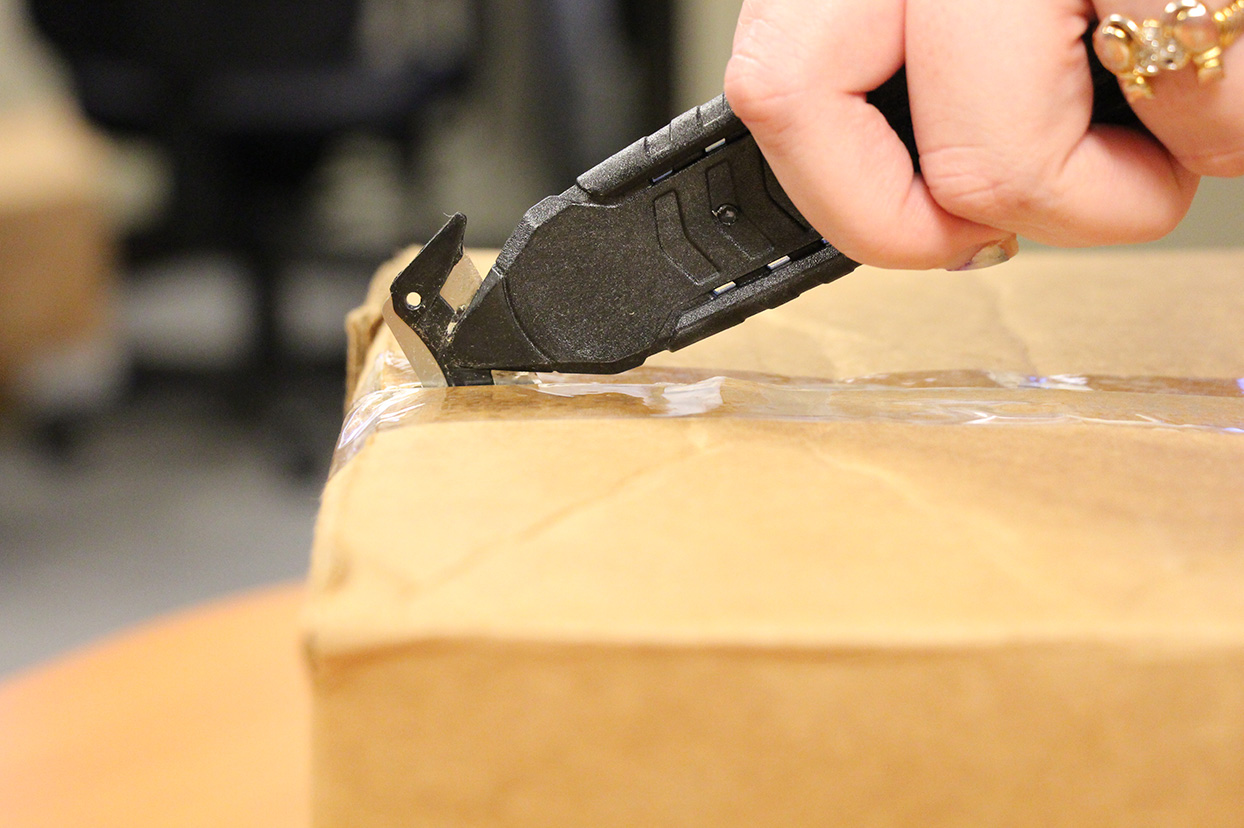
November 16, 2018
Inexpensive safety solution: Replace old utility knivesConsider replacing old manually retractable and fixed-blade utility knives with a concealed blade version for a safer option.
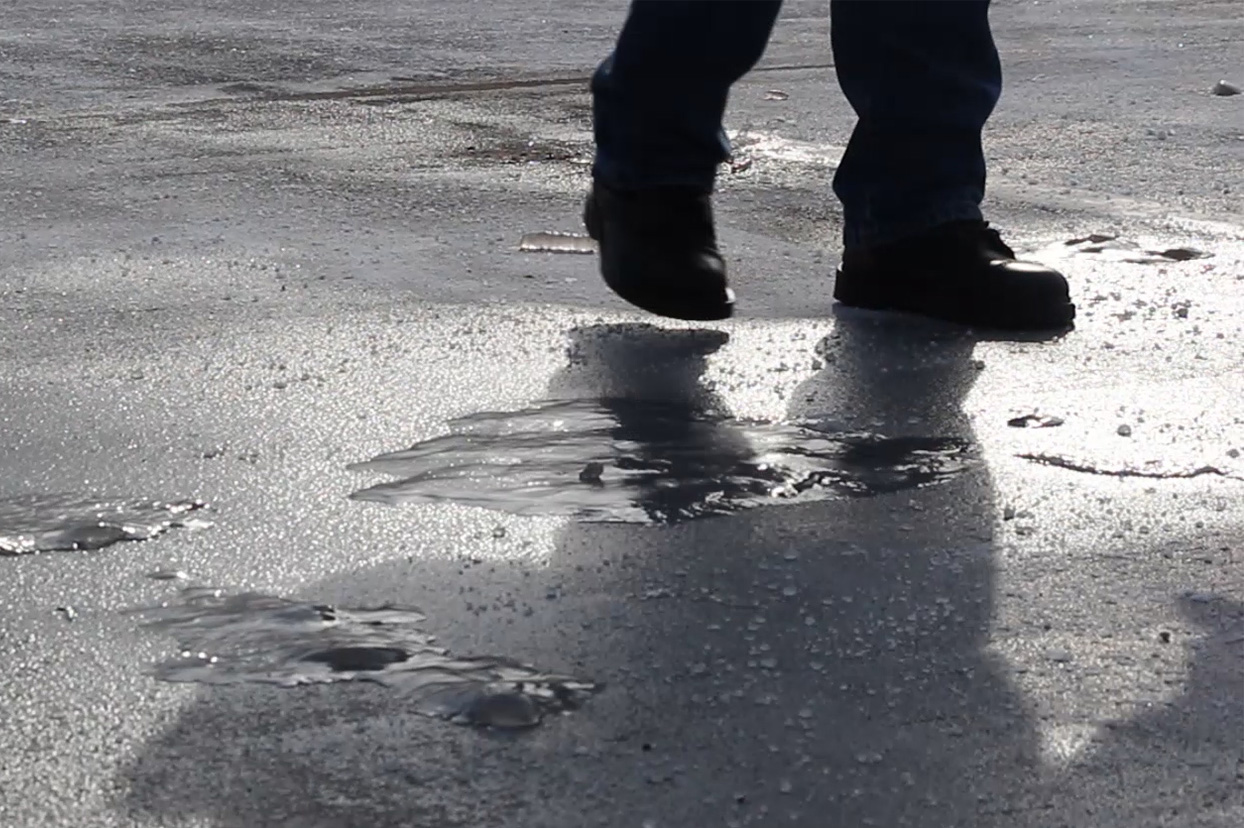
November 14, 2018
Safety video: Moves you can use to avoid winter slips and fallsUse this lighthearted video to remind and train your employees to avoid winter slips and falls, a common cause of workplace injuries.
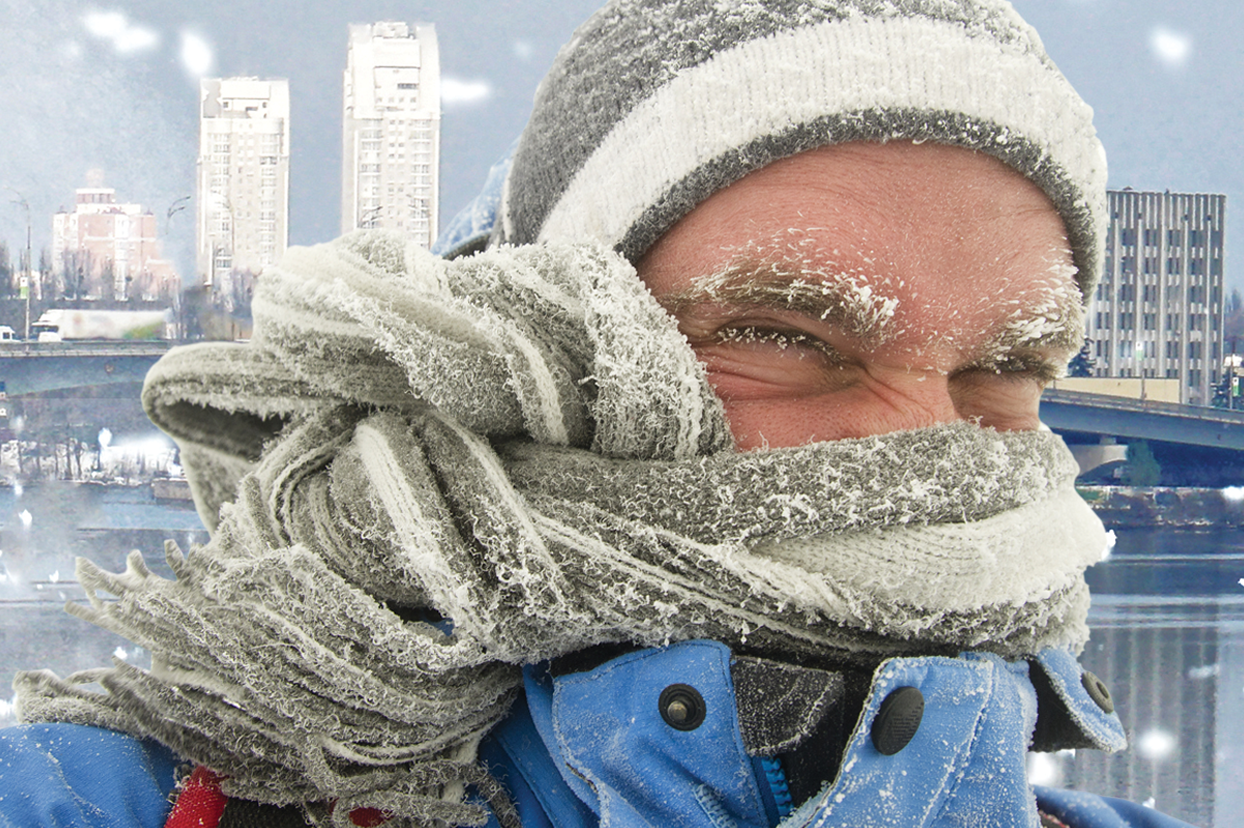
November 7, 2018
Snow days aren’t just for schools: How to develop a workplace severe weather policyWhen winter weather turns dangerous and it’s unsafe to travel, do you have a plan – for yourself and your employees?

November 5, 2018
The dangers of drowsy drivingDriving while drowsy can cause drivers to pay less attention to the road, slows their reaction time and affects the ability to make good decisions.

October 31, 2018
Watch out for these top 10 OSHA violationsList of the top 10 most frequently cited OSHA violations of 2018, with training resources for each
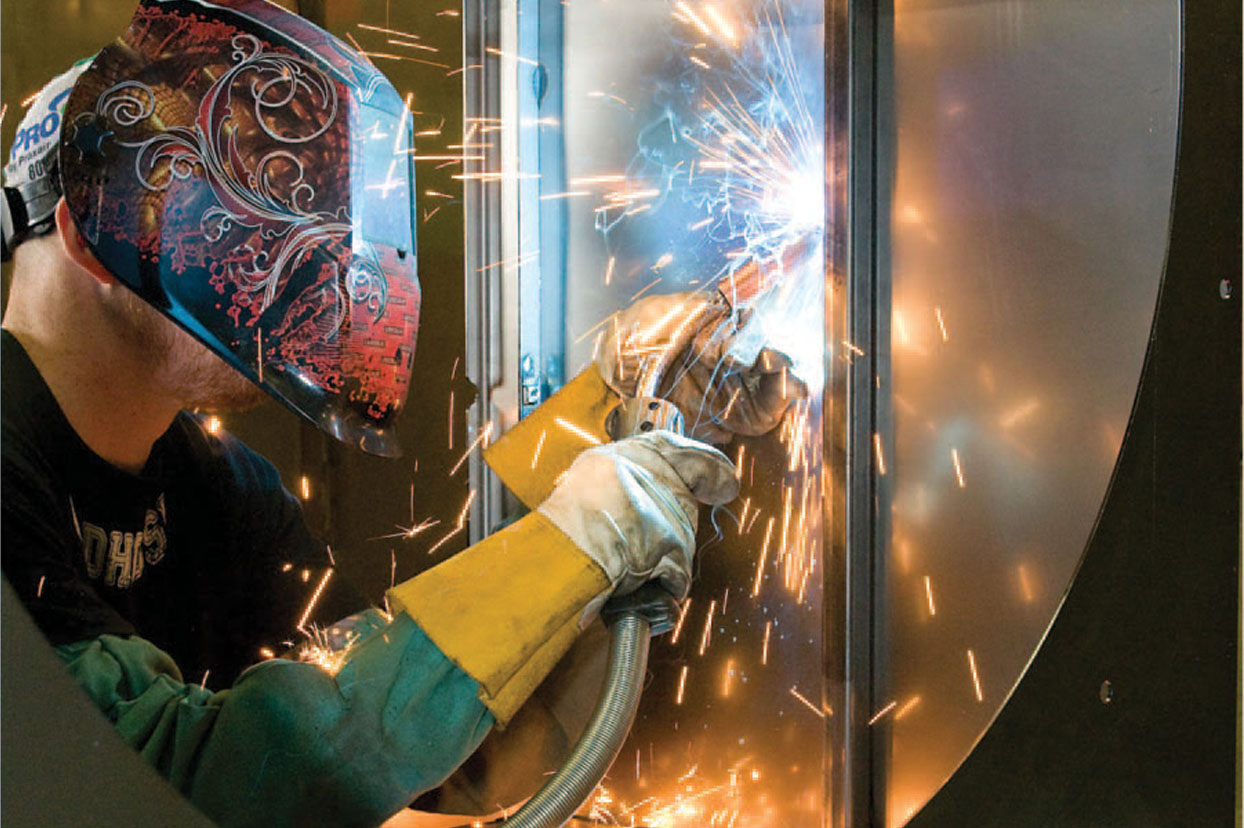
September 26, 2018
Minnesota manufacturer invests in safetySFM policyholder Jones Metal takes full advantage of SFM’s safety resources, including help applying for a MN OSHA safety grant.

September 12, 2018
Safety tips for home health care workersHome health care workers face many unique safety risks. Hazards include getting to and from work, transferring clients, slips and falls and more.

August 29, 2018
Optimizing safety programs for all generationsEmployers must tailor safety and health programs for four distinct generations in the workforce.
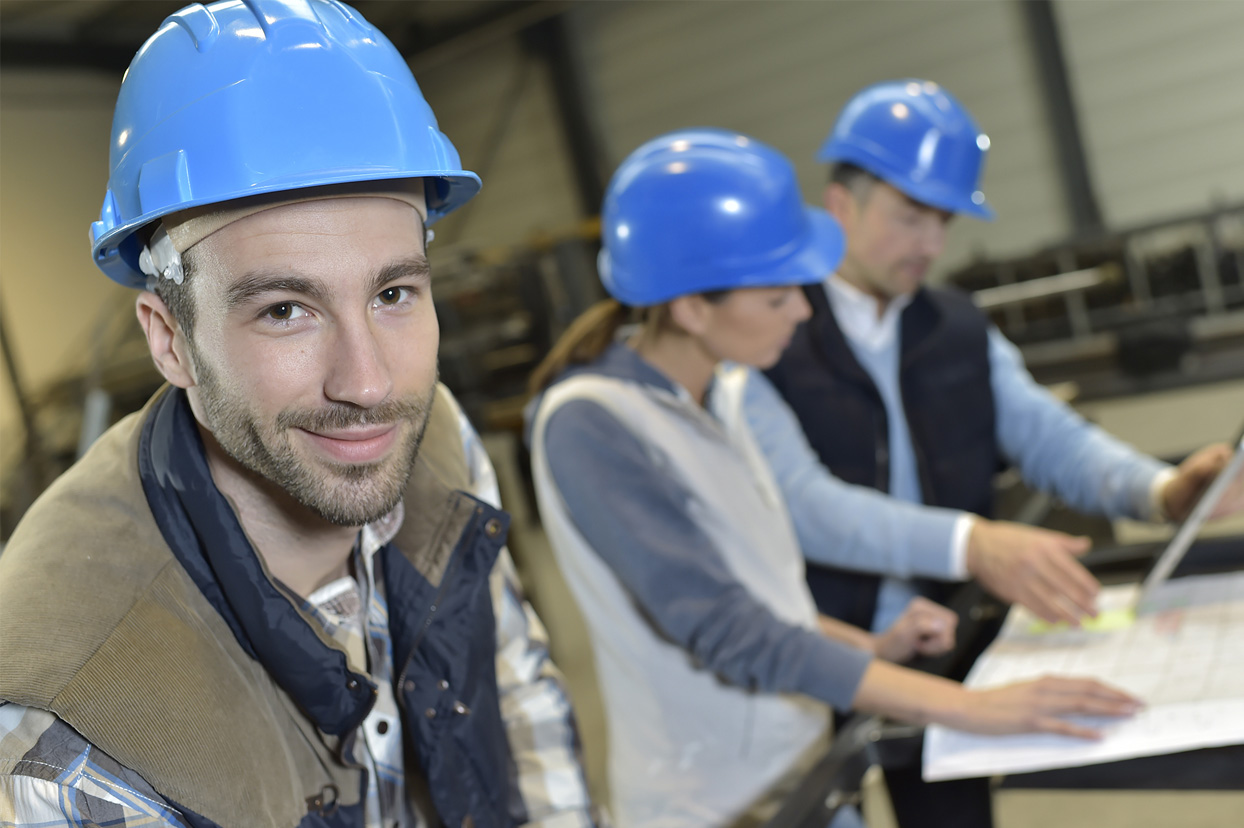
August 8, 2018
Second annual Safe + Sound Week approachingThe second annual Safe + Sound Week raises awareness about the value of safety and health programs.

June 18, 2018
Teach your employees about trench and excavation safetyTrench and excavation hazards cause more than 100 deaths and 1,000 injuries every year. Knowing the proper safety procedures and what hazards to watch for will reduce risk of injury.